The Environmental Toxins Affecting Our Reproductive Systems

You can do everything “right” for your fertility—eat well, exercise, get enough sleep—and still face challenges. Increasingly, science is pointing to a powerful and invisible factor: environmental toxins. Found in everyday items from cosmetics to...
You can do everything “right” for your fertility—eat well, exercise, get enough sleep—and still face challenges. Increasingly, science is pointing to a powerful and invisible factor: environmental toxins. Found in everyday items from cosmetics to canned food, these chemicals may quietly interfere with hormone production, egg and sperm quality, and even the long-term health of future children. At Reproductive Centers of America (RCA), we believe that true fertility care must include environmental awareness—because what surrounds you can shape what’s happening inside you.
What Are Environmental Toxins?
Environmental toxins are man-made or naturally occurring substances that can disrupt the body’s endocrine system (the hormones that regulate reproduction, metabolism, and growth). These are known as endocrine-disrupting chemicals (EDCs), and they can mimic, block, or alter hormonal messages in the body.
Common Reproductive Toxins to Watch For
- BPA (Bisphenol A): Found in plastic bottles, canned foods, and receipts. Linked to lower egg quality, reduced sperm count, and early puberty.
- Phthalates: Used in soft plastics, personal care products, and detergents. Associated with hormonal imbalances and testicular dysfunction.
- Pesticides: Residues in non-organic food may impair ovulation and sperm motility.
- Heavy Metals (Lead, Mercury, Cadmium): Accumulate in the body through contaminated water, seafood, or certain cosmetics. Known to harm both male and female fertility.
- Per- and Polyfluoroalkyl Substances (PFAS): Found in nonstick cookware, water-resistant clothing, and food packaging. Linked to reduced IVF success rates and increased miscarriage risk.
How They Affect Fertility
Environmental toxins can:
- Alter menstrual cycles and ovulation patterns
- Reduce ovarian reserve and sperm concentration
- Increase the risk of miscarriage or preterm birth
- Impact embryo development during IVF
- Affect hormone-sensitive tissues, such as the thyroid and uterus
These effects may be cumulative and multigenerational, impacting not only your fertility but also your children’s reproductive health later in life.
What You Can Do to Protect Yourself
While you can’t eliminate all exposures, you can reduce your toxic load:
- Use glass or stainless steel instead of plastic containers
- Choose fragrance-free or phthalate-free personal care products
- Opt for organic produce when possible
- Filter your drinking water
- Avoid microwaving food in plastic
- Ventilate your home and avoid harsh chemical cleaners
At RCA, we also help patients identify environmental risk factors and provide personalized, science-based recommendations to support fertility and whole-body wellness.
A Holistic Approach to Fertility
Your environment matters. Your choices matter. And your fertility care team should empower you with both the medical science and the lifestyle tools to optimize your outcomes.
What Are Environmental Toxins?
Environmental toxins are man-made or naturally occurring substances that can disrupt the body’s endocrine system (the hormones that regulate reproduction, metabolism, and growth). These are known as endocrine-disrupting chemicals (EDCs), and they can mimic, block, or alter hormonal messages in the body.
Common Reproductive Toxins to Watch For
- BPA (Bisphenol A): Found in plastic bottles, canned foods, and receipts. Linked to lower egg quality, reduced sperm count, and early puberty.
- Phthalates: Used in soft plastics, personal care products, and detergents. Associated with hormonal imbalances and testicular dysfunction.
- Pesticides: Residues in non-organic food may impair ovulation and sperm motility.
- Heavy Metals (Lead, Mercury, Cadmium): Accumulate in the body through contaminated water, seafood, or certain cosmetics. Known to harm both male and female fertility.
- Per- and Polyfluoroalkyl Substances (PFAS): Found in nonstick cookware, water-resistant clothing, and food packaging. Linked to reduced IVF success rates and increased miscarriage risk.
How They Affect Fertility
Environmental toxins can:
- Alter menstrual cycles and ovulation patterns
- Reduce ovarian reserve and sperm concentration
- Increase the risk of miscarriage or preterm birth
- Impact embryo development during IVF
- Affect hormone-sensitive tissues, such as the thyroid and uterus
These effects may be cumulative and multigenerational, impacting not only your fertility but also your children’s reproductive health later in life.
What You Can Do to Protect Yourself
While you can’t eliminate all exposures, you can reduce your toxic load:
- Use glass or stainless steel instead of plastic containers
- Choose fragrance-free or phthalate-free personal care products
- Opt for organic produce when possible
- Filter your drinking water
- Avoid microwaving food in plastic
- Ventilate your home and avoid harsh chemical cleaners
At RCA, we also help patients identify environmental risk factors and provide personalized, science-based recommendations to support fertility and whole-body wellness.
A Holistic Approach to Fertility
Your environment matters. Your choices matter. And your fertility care team should empower you with both the medical science and the lifestyle tools to optimize your outcomes.









